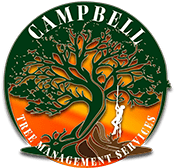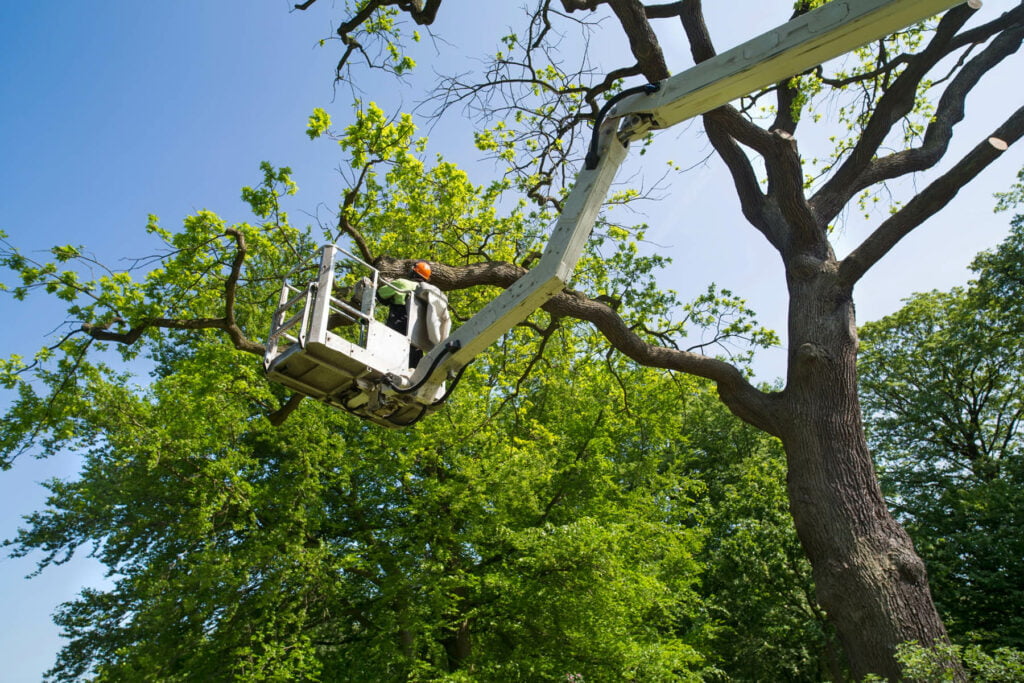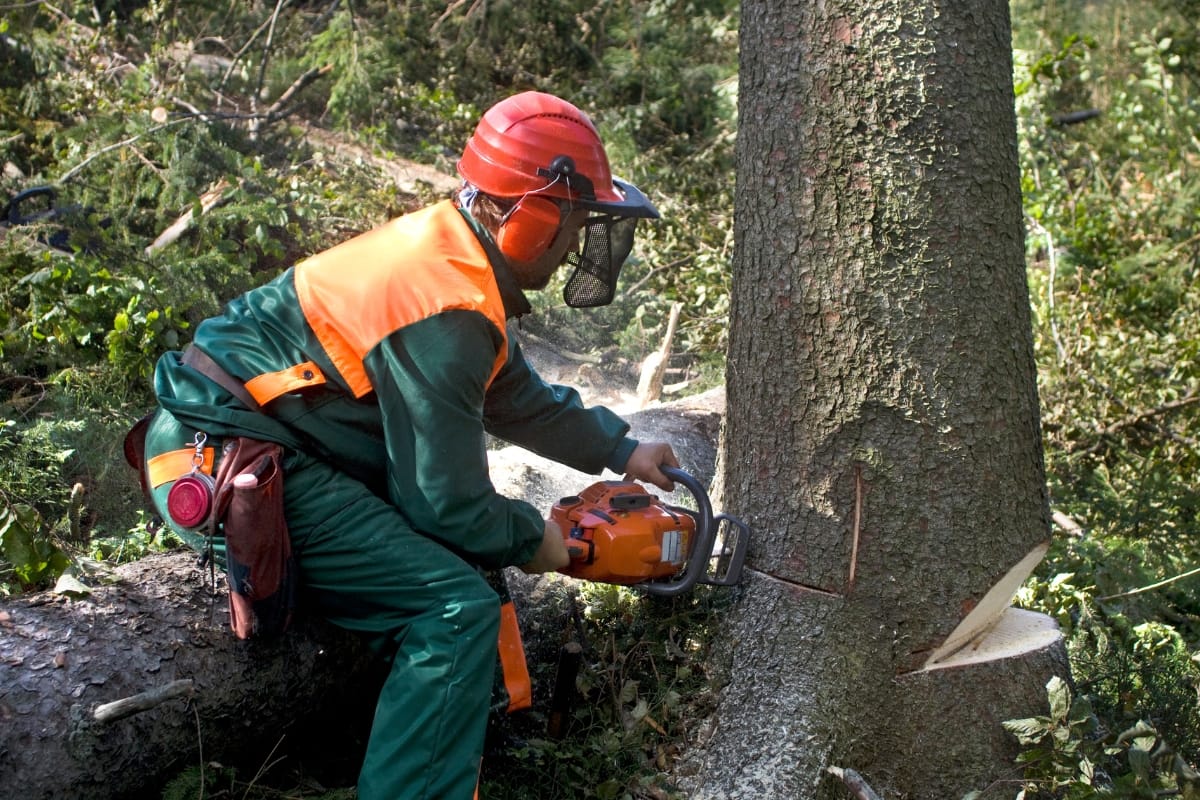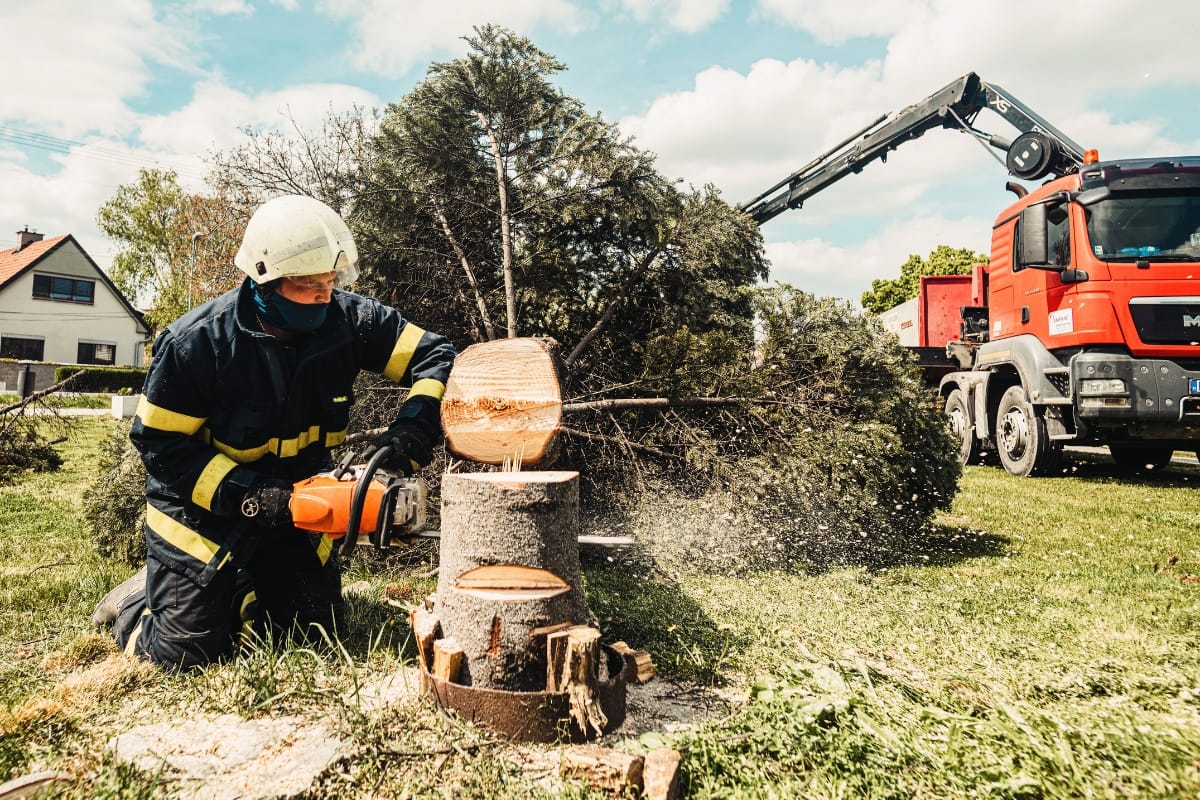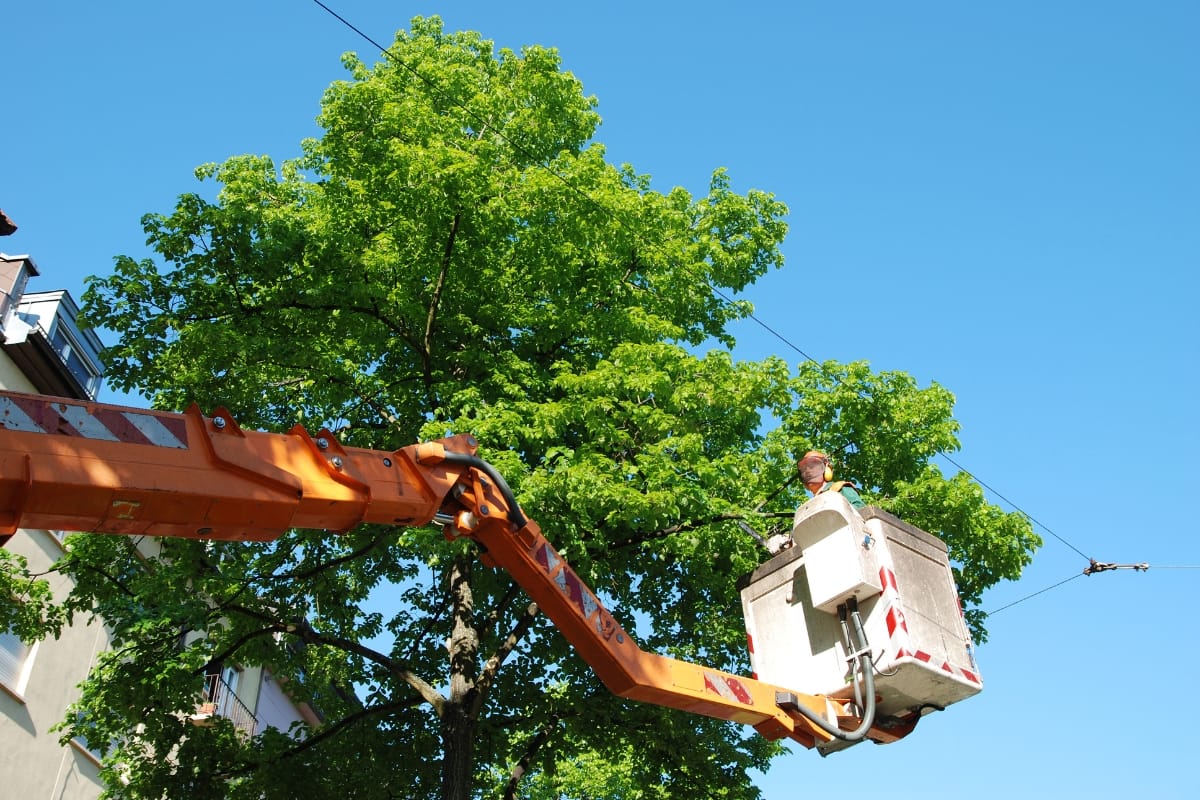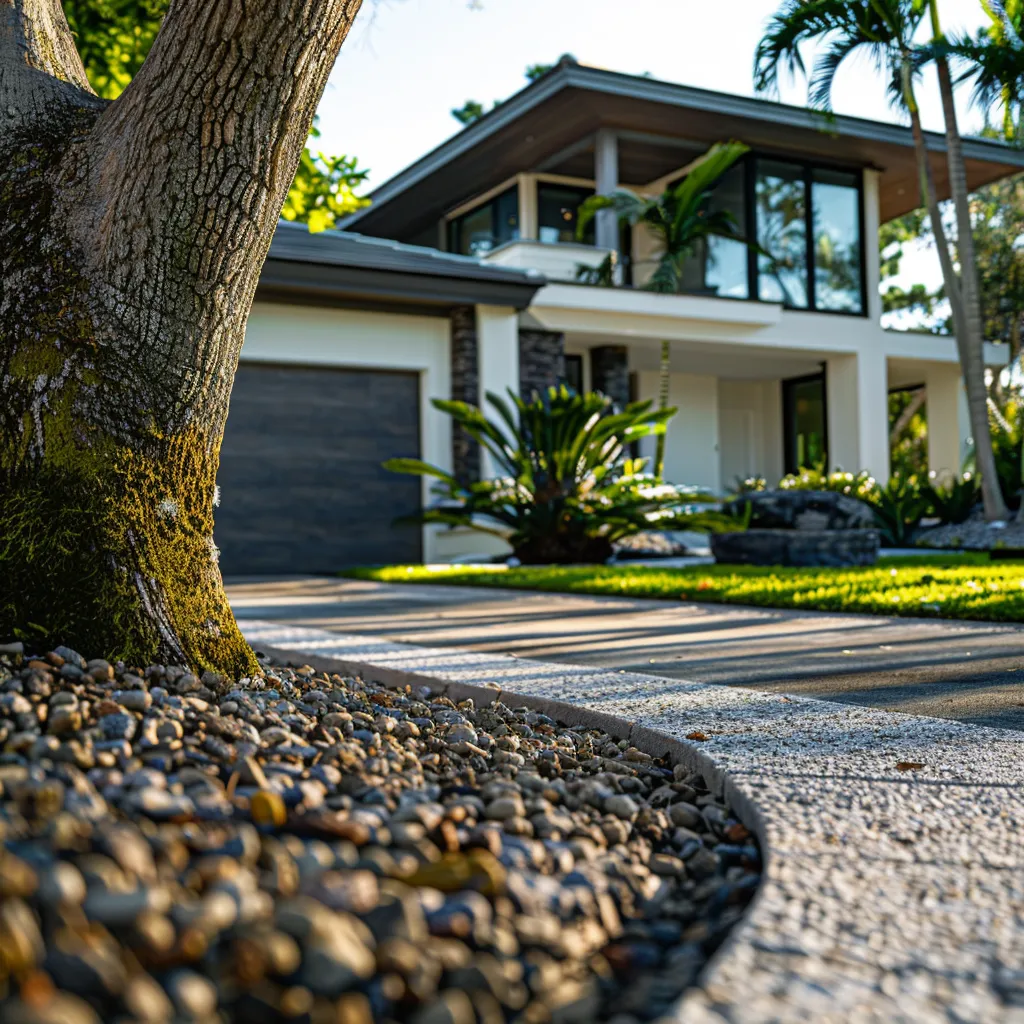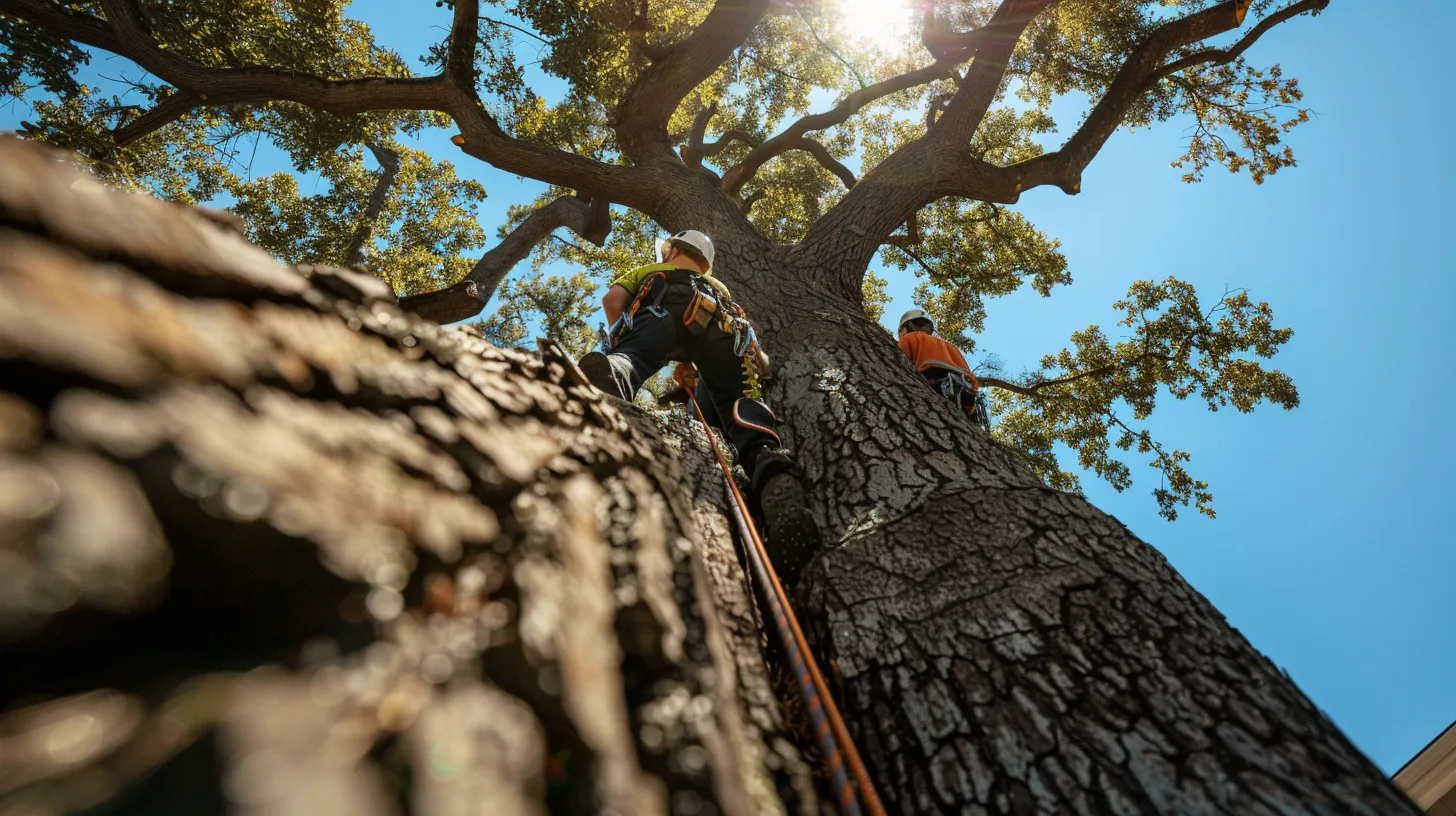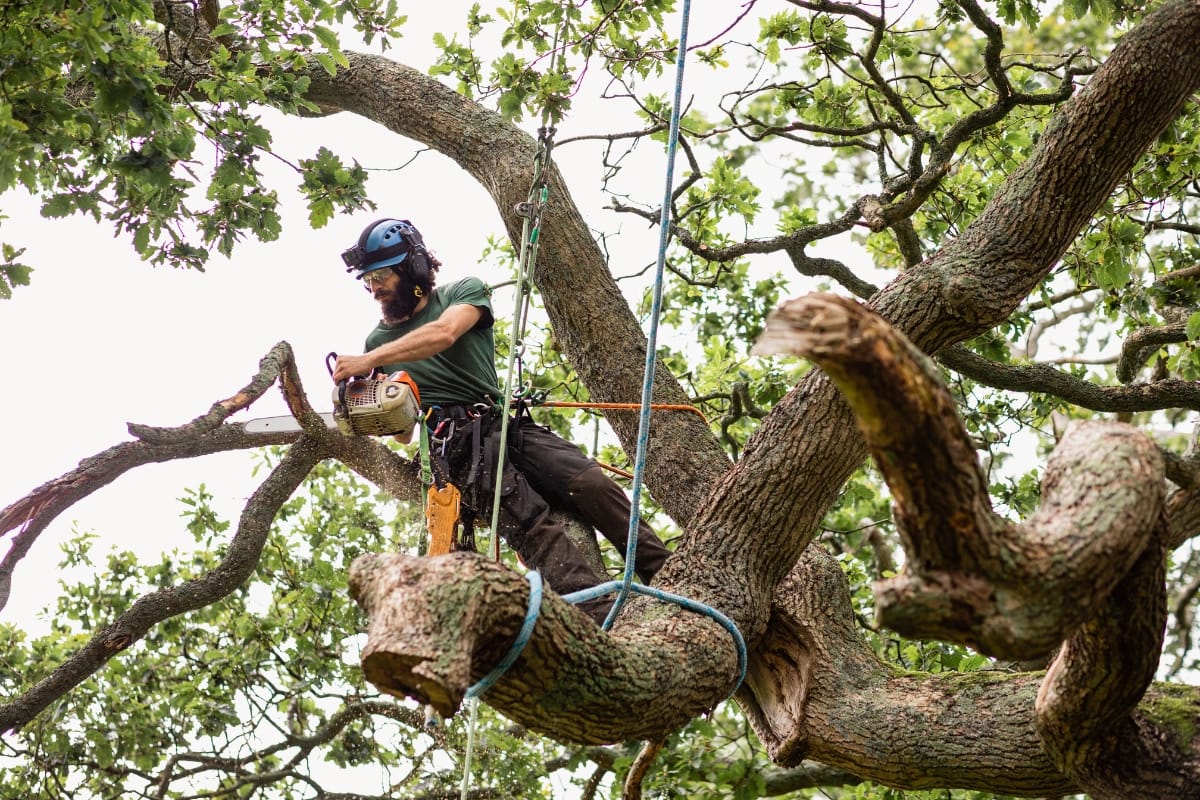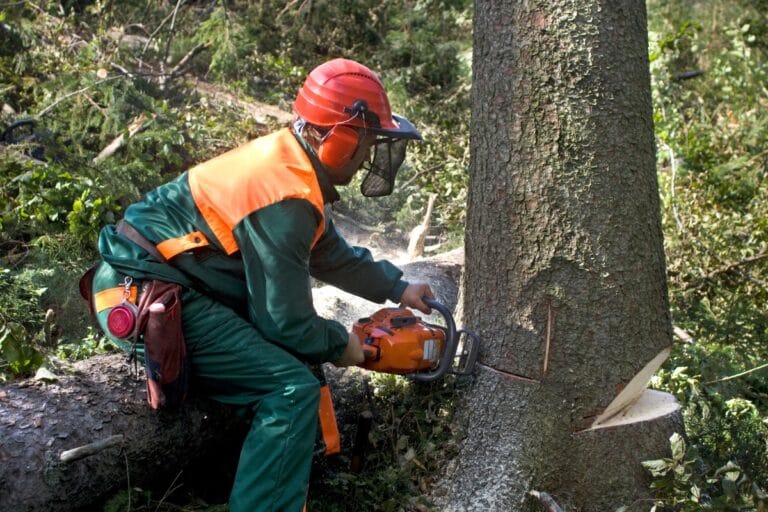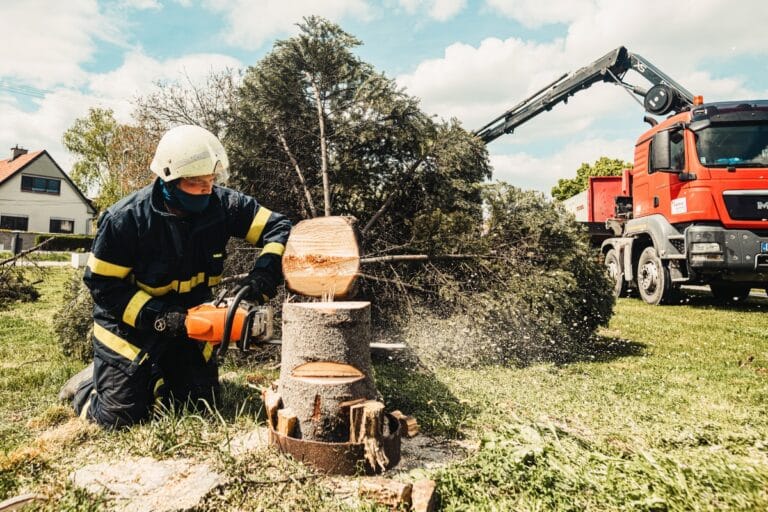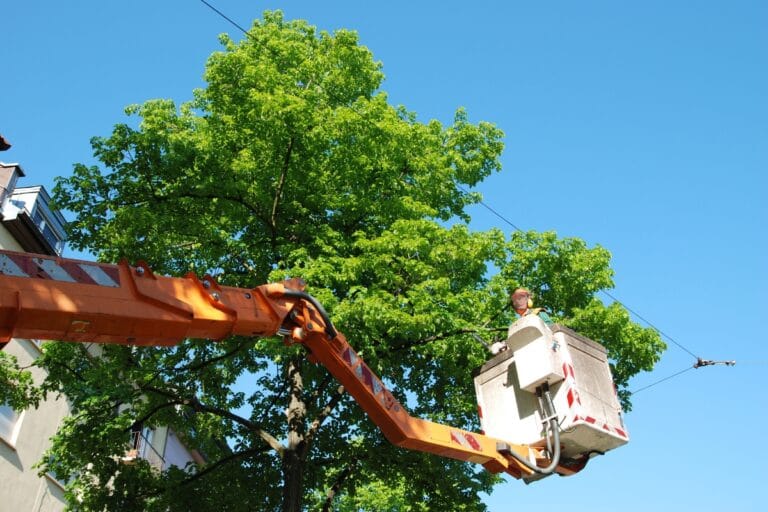Choosing the best trees for your Cartersville, GA landscape isn’t just about aesthetics—it’s about finding species that thrive in the local climate, enhance your property’s value, and require minimal upkeep. From shade-providing hardwoods to flowering ornamentals that add seasonal color, the ideal tree can transform your yard into a more inviting, functional, and environmentally friendly space. With North Georgia’s unique blend of soil conditions and weather patterns, it’s important to select varieties that can withstand hot summers, occasional frosts, and fluctuating rainfall. In this guide, we’ll explore the best tree species for Cartersville homeowners and how to make the most of your landscaping investment.
Shade, Beauty, and Value: The Best Trees for Cartersville, GA
Understanding Cartersville’s Climate for Optimal Tree Selection
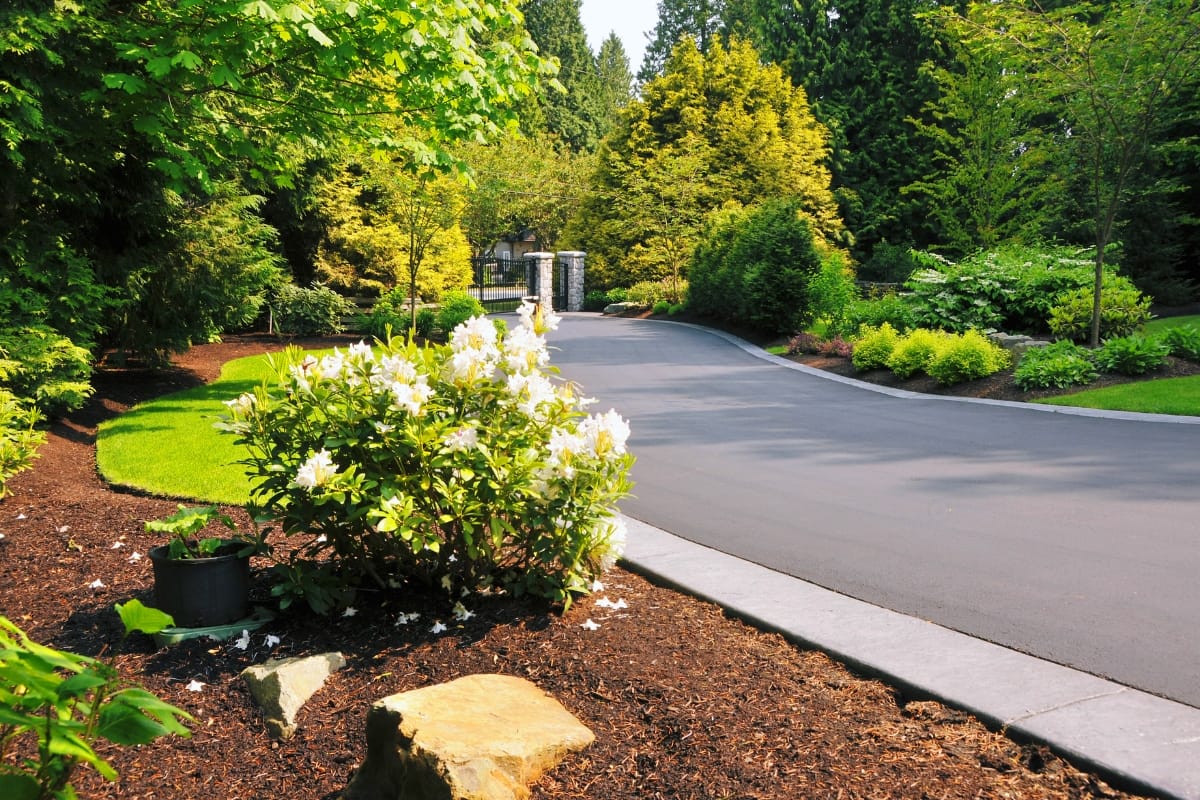
Choosing the right trees for your yard starts with understanding the local environment. Cartersville’s climate, soil, and seasonal changes all play a role in how well trees grow and thrive. Matching tree species to these conditions helps ensure long-term health and lower maintenance.
Cartersville’s USDA Hardiness Zone and Tree Suitability
Cartersville falls within a USDA Hardiness Zone that supports a wide variety of tree species. This includes cold-hardy deciduous trees like oaks and maples, as well as evergreens that can handle the region’s warm summers. Knowing your zone helps avoid planting trees that are likely to struggle or fail during weather extremes.
Analyzing Local Soil Composition for Healthy Tree Growth
Soil in the area is usually a mix of clay and sand, though it can vary by property. Some trees do better in heavier soils, while others prefer well-drained loam. Testing your soil for pH and nutrients gives a better idea of what species will take root and grow properly. Poor soil matches can lead to problems like slow growth, root damage, or nutrient loss.
Assessing Sunlight Patterns Across Your Cartersville Property
Not all trees have the same light needs. Some require full sun to thrive, while others do better in partial shade. Take note of how sunlight moves across your yard throughout the day. This helps with planning where to plant so trees get the light they need without being exposed to too much heat or dryness.
Water Availability and Drainage Considerations for Tree Choices
Cartersville gets a decent amount of rainfall, but water doesn’t move the same way on every property. Some spots retain water longer, while others dry out quickly. Choose tree species based on how well your yard drains and how much water the trees will need. Poor drainage or drought sensitivity can lead to root stress or disease.
How Cartersville’s Seasonal Weather Impacts Tree Health
Cartersville experiences hot summers and relatively mild winters. These conditions make drought-tolerant, pest-resistant trees a better fit for most yards. Seasonal changes are fairly predictable, which helps homeowners plan care routines and anticipate how trees will perform over time.
Premier Shade Trees: Identifying the Best for Cartersville Comfort
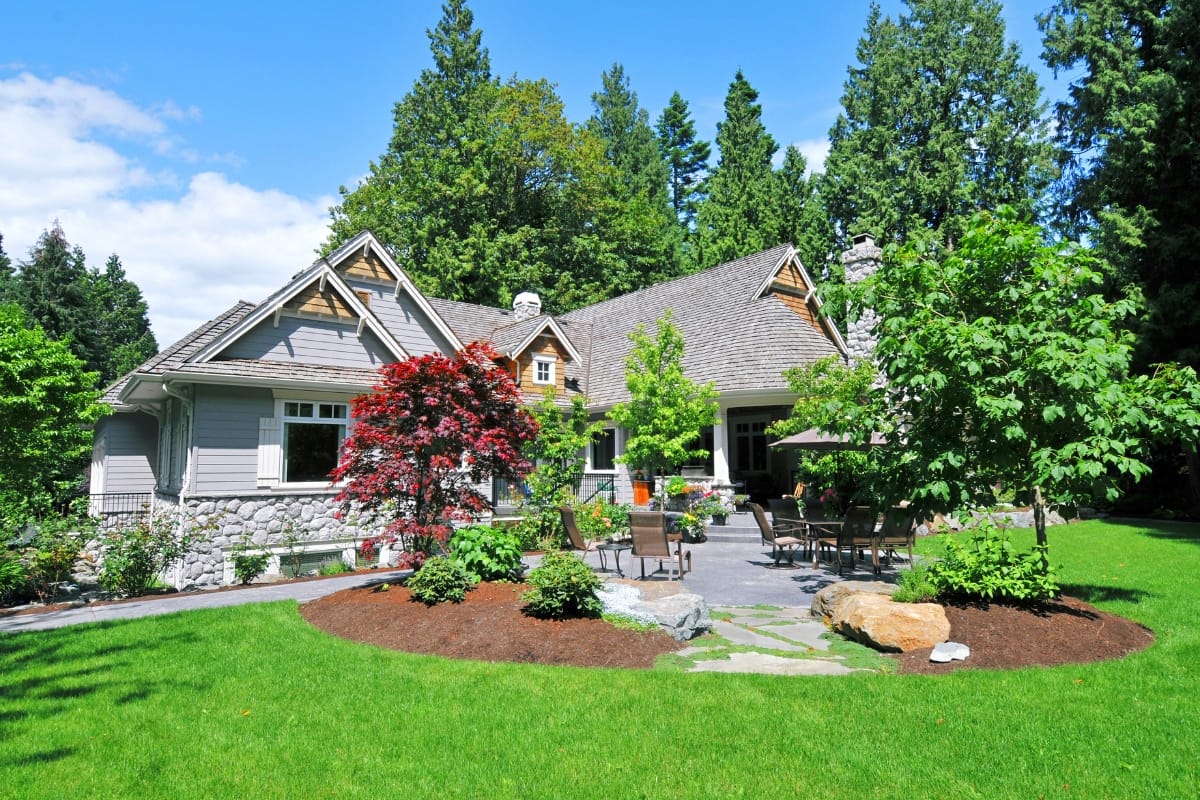
Planting shade trees is a practical way to cool your property, reduce energy use, and improve curb appeal. In Cartersville, selecting the right tree means considering how well it grows in the local climate, how much space you have, and how quickly you want results.
Top Large Canopy Trees for Maximum Shade in Cartersville
For maximum shade and long-term value, large canopy trees like red oak and sugar maple are strong choices. Red oak grows tall with wide-spreading branches and delivers solid coverage from the summer heat. Its tough wood and seasonal color make it a common pick in Cartersville. Sugar maple also performs well here and offers dense summer shade plus standout fall foliage.
Medium-Sized Shade Trees Ideal for Cartersville Residential Lots
Not every yard can handle a towering oak. Medium-sized trees such as the American elm are better suited for smaller residential spaces. They still offer plenty of shade and grow well in a variety of soil types. These trees provide a good balance between coverage and space management, especially in neighborhoods where lot sizes are limited.
Fast-Growing Shade Options for Quicker Results in Cartersville
If you’re looking for shade in a hurry, fast-growing species like the silver maple or tulip poplar can fill that need. While their wood is generally softer and may require more upkeep over time, these trees develop a wide canopy within several years. For homeowners aiming for faster results, they’re worth considering.
Selecting Shade Trees With Attractive Fall Foliage for Cartersville
Some trees do double duty by offering both summer shade and fall color. Sugar maple, sweetgum, and red maple bring bright reds, oranges, and yellows to the landscape as temperatures drop. These trees offer seasonal interest and increase curb appeal without sacrificing function.
Drought-Tolerant Shade Trees Suited to Cartersville Conditions
Cartersville’s weather can swing between wet and dry, so it helps to plant trees that handle both. Live oaks and ginkgo trees stand up well to heat and inconsistent rainfall. They don’t require constant watering once established and hold up better during dry spells, making them a reliable choice for low-maintenance yards.
Exceptional Ornamental Trees for Visual Appeal in Cartersville Landscapes
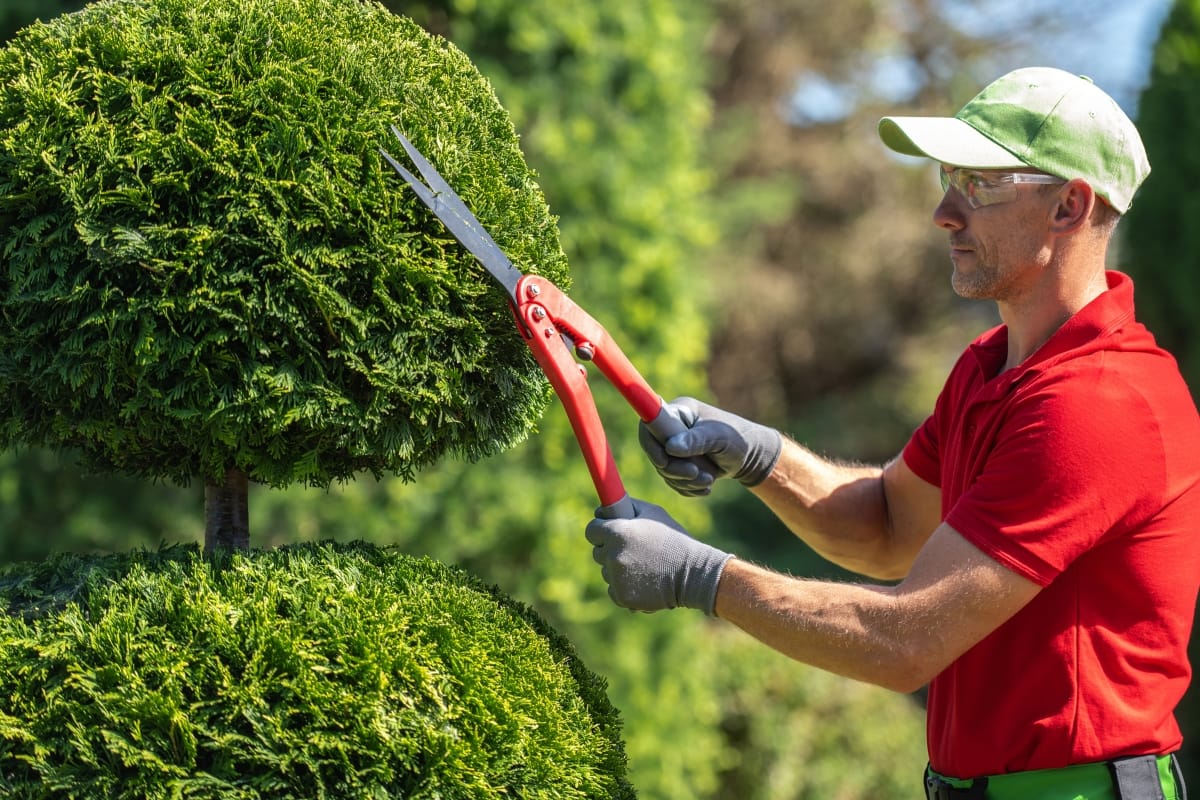
Ornamental trees bring personality and visual interest to a yard. While they’re not typically chosen for shade or fruit, these trees offer other unique features—color, structure, fragrance, and seasonal changes—that help define the look of a landscape year-round.
Best Small Flowering Trees for Cartersville Gardens
Small flowering trees like dogwoods and flowering cherries are popular in Cartersville thanks to their size, manageable growth, and vibrant spring blooms. Dogwoods, in particular, produce showy white or pink flowers and transition into red berries and colorful fall foliage. These trees are a solid option for homeowners looking to add seasonal color without overwhelming a small space. Their flowers also attract bees and butterflies, helping support pollinators in the area.
Trees With Unique Bark or Branching Structure for Cartersville Winters
Some trees remain visually appealing even when leaves are gone. Birch trees, for example, have white, papery bark that peels naturally, creating a textured look. Other options like ornamental poplars or crape myrtles offer interesting branching patterns or mottled bark that stands out in the winter landscape. These features help maintain curb appeal during the colder months when most trees are dormant.
Selecting Ornamental Trees for Multi-Season Interest in Cartersville
To get the most out of your landscaping, consider trees that offer visual interest across multiple seasons. Magnolia cultivars can bring large blooms in spring or early summer, followed by seed pods and deep green foliage through the warmer months. In fall, some species take on golden or bronze tones. A tree that evolves with the seasons can give your yard something fresh to look at throughout the year.
Fragrant Tree Varieties to Perfume Your Cartersville Yard
Some ornamental trees add more than just visual charm. The Southern magnolia is known for its large white flowers and rich scent. Other fragrant choices include lilac trees or certain cherry varieties. These trees can make patios and garden paths feel more inviting, especially in the evenings when the air is still and the scent lingers longer.
Top Specimen Trees to Create Focal Points in Cartersville
Japanese maples, with their dramatic shape and finely cut leaves, are often used as specimen trees. They’re ideal for anchoring a front yard bed or standing alone in a lawn. Their bold color and texture can break up a plain yard and draw attention without requiring extensive care.
Choosing Native Trees: The Best Selections for Cartersville’s Ecosystem
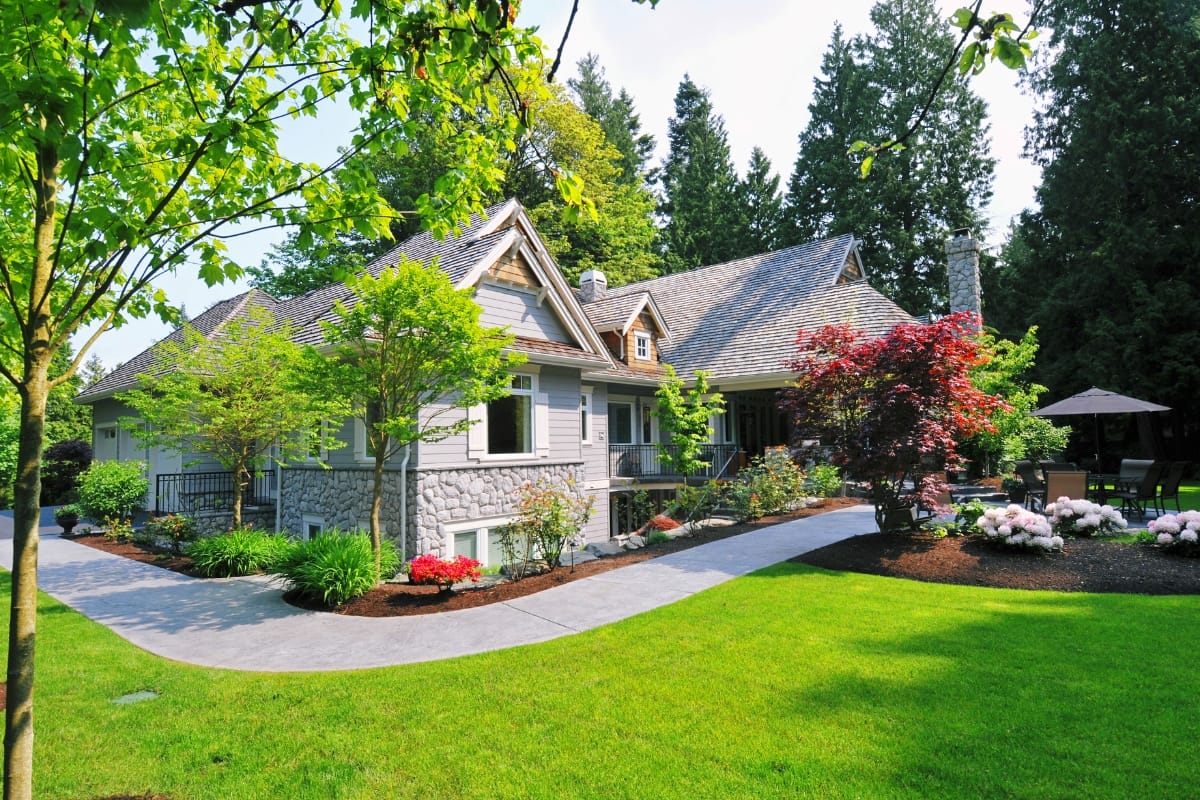
Planting native trees is a smart choice for homeowners in Cartersville. These trees are already adapted to the region’s soil, weather patterns, and ecosystem, which means they generally require less maintenance and are more likely to thrive long-term. Native trees also play a key role in supporting local wildlife and keeping your yard in balance with the natural environment.
Advantages of Planting Native Tree Species in Cartersville
Because they evolved in the same climate, native species typically need less water and are more resistant to local pests and diseases. That translates to fewer fertilizers, less chemical use, and lower overall upkeep. Native trees also offer food and shelter for birds, insects, and other animals, making your yard a small but important part of the region’s environmental health.
Recommended Native Shade Trees for Cartersville Environments
If you’re looking for shade, the Southern live oak is a dependable native choice. It has a wide canopy, strong wood, and impressive longevity. Other options like the tulip poplar or various species of native maples also provide dense shade and adapt well to Cartersville’s mix of clay and loamy soils.
Native Flowering Trees That Benefit Cartersville Wildlife
For seasonal color and wildlife support, native flowering trees like serviceberry or redbud are excellent additions. Serviceberry trees bloom early in spring and produce small fruits that birds love. Redbuds offer bright pink blossoms that attract bees and butterflies. Both trees are small enough for residential lots and bring visual interest without overwhelming a yard.
Low-Maintenance Native Trees Thriving in Cartersville
Homeowners looking for easier landscaping should consider trees like Eastern red cedar or native juniper. These species are well suited to Cartersville’s rainfall patterns and temperature shifts. Once established, they require very little attention and still provide structure and greenery throughout the year.
Sourcing Healthy Native Trees in the Cartersville Area
When adding native trees to your landscape, it’s best to buy from local nurseries that specialize in regional species. Trees grown locally are more likely to adapt quickly after planting and are often healthier overall. Sourcing your trees nearby also helps reduce transportation stress and supports small businesses in your area.
Factors Guiding Your Choice of the Best Trees for Cartersville

Picking the right trees for your property in Cartersville isn’t just about appearance. It’s about matching the tree’s size, growth habits, and care needs to your specific yard and goals. A smart selection improves curb appeal, supports the local environment, and reduces long-term maintenance.
Matching Mature Tree Size With Your Cartersville Landscape Space
Think about how big a tree will get when fully grown. A large tree might offer great shade, but it could crowd a small yard, damage nearby structures, or block sunlight. On the other hand, small trees may not provide enough coverage or visual impact in wide-open spaces. Check the mature height and spread to make sure the tree will fit well in your landscape without becoming a problem over time.
Considering Growth Rate and Longevity of Tree Species
Faster-growing trees can fill in a yard quickly, which is appealing if you’re starting from scratch. However, these trees often have shorter lifespans or weaker wood that’s more prone to damage. Slower-growing species like oaks or hickories may take more time to establish but typically live longer and require fewer repairs. Think about whether you’re planning for the short term or investing in a tree that will last for decades.
Evaluating Maintenance Requirements for Different Cartersville Trees
Some trees demand regular pruning, pest control, or cleanup, especially those that drop lots of seeds, pods, or sap. Others require very little attention once they’re established. If you prefer a low-maintenance yard, look for species that don’t need constant trimming or care. Choosing the right tree now can save hours of yard work later.
Pest and Disease Resistance Among Top Tree Picks for Cartersville
Insects and plant diseases are common in Georgia, so it’s smart to choose trees known to resist these problems. Native trees or well-acclimated varieties usually have better defenses against local threats. A healthy tree is not only easier to maintain, it’s also less likely to require expensive treatments down the line.
Aligning Tree Characteristics With Your Cartersville Landscape Design
Finally, consider how the tree looks. Leaf shape, bark color, branching pattern, and seasonal changes all affect the overall feel of your yard. Whether you’re going for a natural look or a more polished design, the right tree can tie everything together and enhance your outdoor space.
Planting Your Selected Cartersville Trees for Success
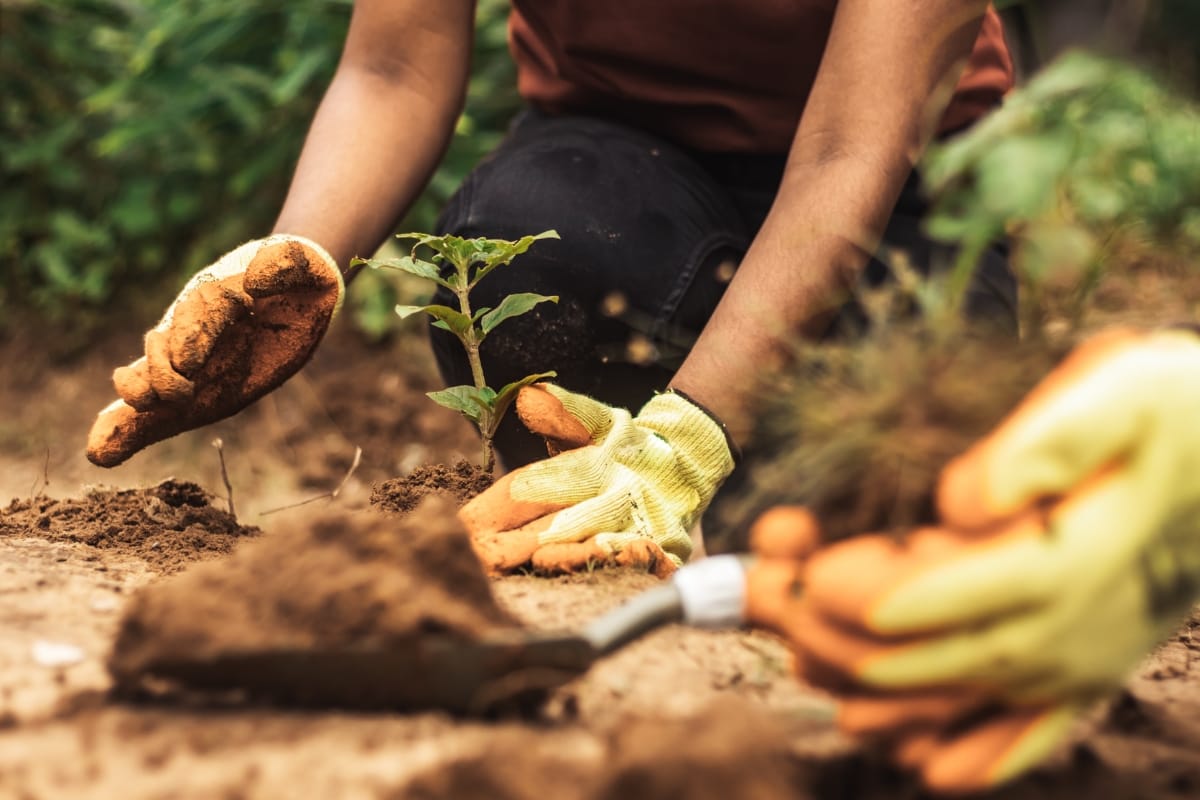
Proper planting techniques are critical to the long-term success of your trees. Following best practices during planting helps ensure robust growth and a healthy landscape.
Ideal Seasons for Tree Planting in Cartersville GA
Early spring and fall are the ideal seasons for planting in Cartersville, when temperatures are moderate. This timing allows trees to establish roots without the stress of extreme heat or cold.
Proper Site Preparation Before Planting Your Trees
Prepare your planting site by testing and amending the soil if necessary, and ensuring proper drainage. Clearing debris, loosening compacted soil, and incorporating organic matter all promote better root penetration and nutrient uptake.
Correct Techniques for Setting and Staking New Trees
Dig a wide, deep hole to avoid crowding the roots, and plant the tree at the proper depth so the root collar is level with the ground. If staking is needed, provide support without restricting the tree’s natural trunk development.
Initial Watering Schedules for Newly Planted Cartersville Trees
Immediately after planting, water the tree deeply, then follow a regular schedule for the first few weeks. Monitor soil moisture and adjust watering based on weather conditions to support steady root growth.
Applying Mulch Effectively Around Your New Trees
Apply a 2- to 3-inch layer of organic mulch around the base of the tree, keeping it a few inches away from the trunk. Mulching conserves soil moisture, suppresses weeds, and enriches the soil as it decomposes.
Maintaining the Health and Beauty of Your Cartersville Trees

Ongoing maintenance is essential to keep trees vibrant and healthy. A regular care regimen helps protect trees from stress and potential damage.
Watering Practices for Established Trees in Cartersville’s Climate
Deep, infrequent watering encourages deeper roots, making trees more resilient during droughts. Adjust watering practices seasonally and according to the needs of different species.
Fertilization Guidelines for Optimal Tree Vigor in Cartersville
Fertilize trees at the beginning of the growing season with a balanced fertilizer suited to the tree’s nutritional needs. This practice boosts growth and overall resilience.
Pruning Strategies for Healthy Structure and Appearance
Routine pruning removes dead or diseased branches and promotes a balanced canopy. Use proper techniques to maintain the tree’s natural shape and support ongoing healthy growth without excessive foliage removal.
Recognizing Common Tree Problems in the Cartersville Region
Regularly inspect trees for signs of fungal infections, pest infestations, or nutrient deficiencies. Early detection through routine observations helps prevent major issues and maintain overall tree health.
Knowing When Professional Arborist Care Is Needed in Cartersville
For issues like severe structural damage, large pest infestations, or persistent diseases, professional arborist services should be consulted. Recognizing when expert help is needed preserves tree health and property safety.
Best Fruit-Bearing Trees for Cartersville Home Orchards
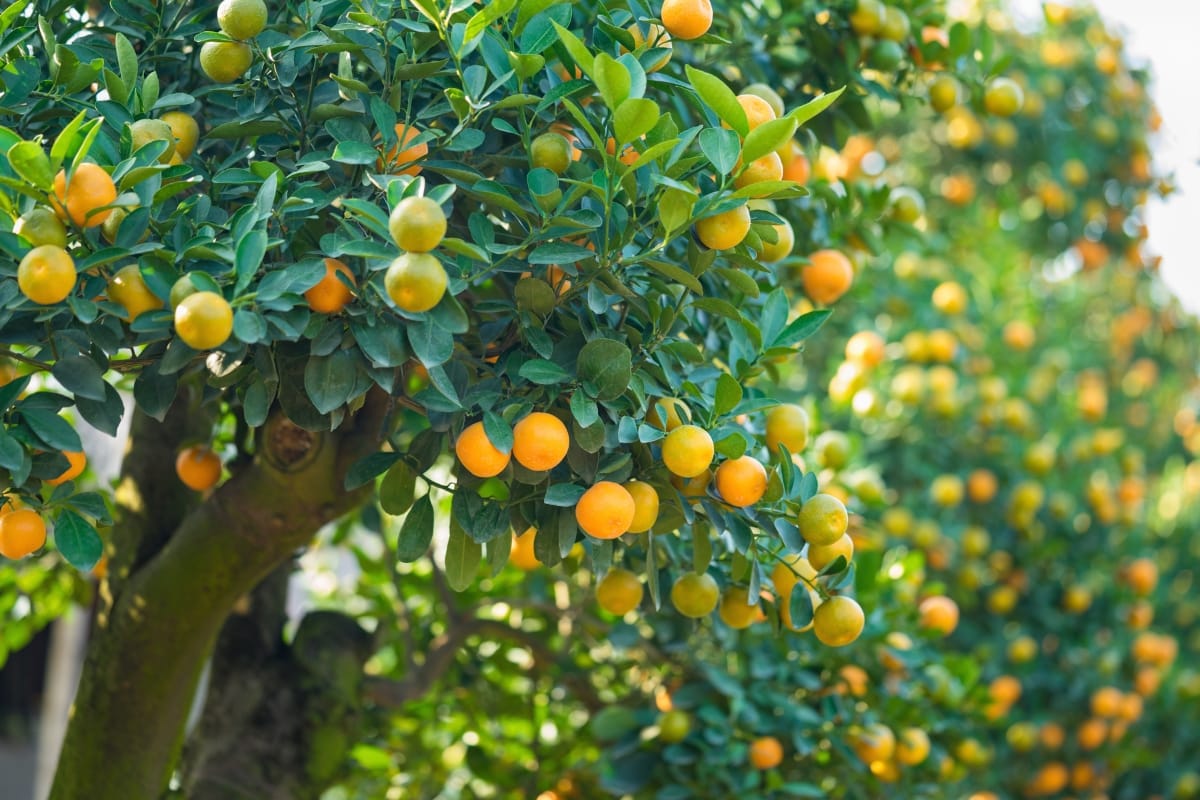
Adding fruit trees to your yard brings more than just visual appeal. They provide homegrown produce, support pollinators, and can boost property value. In Cartersville’s mild climate, several varieties thrive with the right care and conditions.
Apple Varieties That Flourish in Cartersville’s Climate
Gala and Fuji apple trees are solid choices for North Georgia homeowners. These varieties handle the seasonal temperature swings well and are known for producing consistent crops. While apples need proper winter chilling to fruit, regular pruning and feeding help maintain tree health and encourage better harvests. Be sure to plant two different apple varieties for better cross-pollination.
Pear Tree Selections Suitable for Cartersville Growers
Pear trees like Bartlett and Bosc also do well in Cartersville. These trees produce sweet fruit and are attractive in all seasons, especially during spring bloom. Like apples, most pear trees need a second variety nearby for proper pollination. Full sun, good drainage, and occasional pruning go a long way toward keeping them productive.
Fig Trees Offering Reliable Production in Cartersville
Figs are a great option for homeowners looking for something low-maintenance. Hardy varieties like Celeste and Brown Turkey thrive in Georgia’s warm summers. Figs don’t need much fuss beyond occasional watering and protection from deep winter freezes. Their twisting branches and broad leaves make them a unique focal point in any garden.
Berry-Producing Trees and Large Shrubs for Cartersville Gardens
For smaller spaces or mixed beds, berry-producing shrubs and small fruit trees are excellent additions. Blueberries, blackberries, and even dwarf citrus varieties can be grown with proper care. These plants often double as ornamental elements, offering seasonal color and structure along with fresh fruit.
Pollination Needs for Fruitful Trees in Cartersville
Pollination plays a major role in fruit production. Some trees, like figs, are self-pollinating, but others need compatible varieties nearby or help from bees and other insects. Incorporating flowering plants, avoiding chemical pesticides, and placing trees where pollinators can find them easily can make a noticeable difference in harvest size.
Frequently Asked Questions
Q: How do I determine the best tree species for my specific yard in Cartersville? A: Start by testing your soil, assessing sunlight and drainage conditions, and determining your USDA Hardiness Zone. Choose species that are native or well-adapted to these conditions, and consult local experts or nurseries for personalized recommendations.
Q: What are the key benefits of planting native trees in Cartersville? A: Native trees are adapted to the local climate and soil, so they require less water and care. They also support local wildlife and contribute to regional biodiversity, making them a sustainable, eco-friendly option.
Q: When is the best time of year to plant trees in Cartersville? A: Early spring and fall are optimal, as moderate temperatures reduce transplant shock and promote root establishment before extreme summer heat or winter frosts.
Q: How often should I water newly planted trees in Cartersville? A: Newly planted trees typically need deep watering several times a week initially, tapering off as they establish. Adjust the schedule based on local rainfall, soil type, and the specific water needs of the tree species.
Q: What maintenance practices can help my trees resist pests and diseases in Cartersville? A: Regular pruning, proper fertilization, and timely watering are essential. Monitor trees for signs of stress such as discolored leaves or unusual growth, and seek professional arborist advice when severe issues arise.
Final Thoughts
Selecting the right tree species for your Cartersville landscape—from majestic oaks that provide shade to flowering dogwoods that add seasonal color—can transform your yard into a thriving, beautiful oasis. Whether you need advice on soil conditions, planting techniques, or long-term care, Campbell Tree Management Services offers the tree services and expertise to help every tree flourish. Call us at (770) 286-8058 or request a free quote on our website today, and let our professionals guide you toward the perfect trees for your property.
